
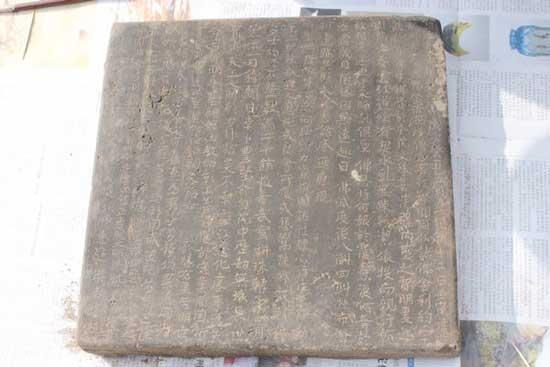 |
| The characters on the brick mark its origins. It says the inscription was carved in 1013, exactly one-thousand years ago. It also says the coffin contains two thousand pieces of Buddha's remains that were collected by two monks from a nearby temple.(CNTV Photo) |
Also uncovered near the 240 Buddhist statues was an underground room, housing a small coffin. At the bottom of the coffin was a square-shaped brick with a clear inscription on it.
The characters on the brick mark its origins. It says the inscription was carved in 1013, exactly one-thousand years ago. It also says the coffin contains two thousand pieces of Buddha's remains that were collected by two monks from a nearby temple.
Chu Shibin, former director of Gansu Provincial Museum, said, “This coffin is made of ceramic. We haven’t found ceramic coffins before. We have only found metal and wooden and silver ones.”
The ceramic coffin has already been broken, and seems to contain a wooden box inside. But because it’s covered by mud, further excavation is still needed to determine if, like the brick inscription says, there are indeed 2,000 pieces of Buddhist remains inside.
Chu said, “Each piece of the remains might be very tiny, so it’s possible there are 2,000 pieces in total.”
Buddhist remains are normally buried in an underground room under a pagoda. Archaeologists here have also found another buried chamber above the statues. What objects it contains, and from what era, we will have to wait to discover.

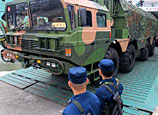

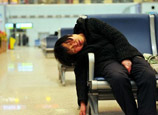


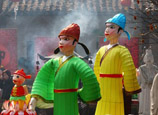

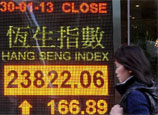









![]()
